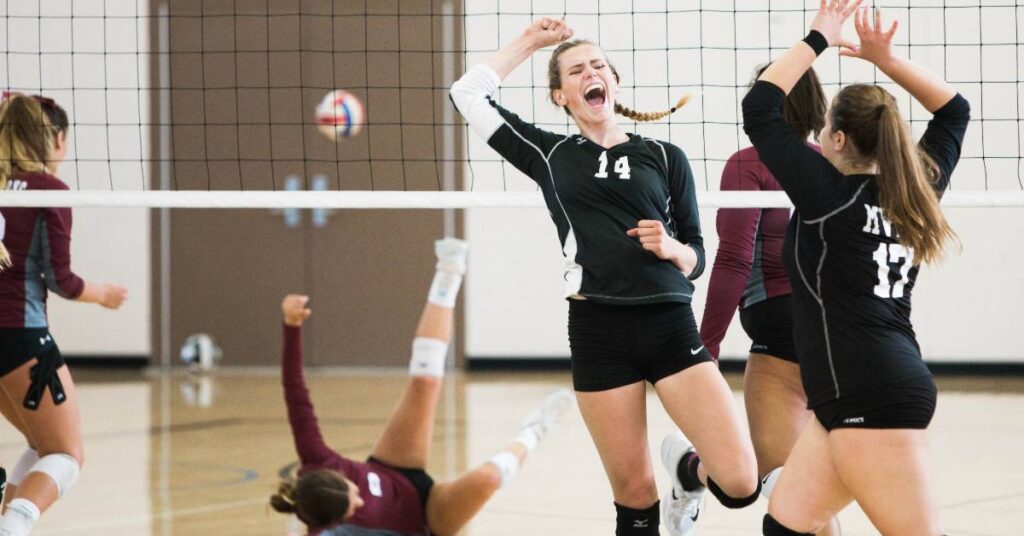STRAIGHTER TEETH AND A MORE CONFIDENT SMILE
$99 Down on Braces when you begin treatment this month
Call the office for more details. Schedule today!!!

Protect Those Teeth!
Your teeth may be stronger than bone, but that won’t matter much when a baseball is flying directly at your kid’s face.
Today in this blog we’re going to cover the different types of mouthguards available and which sports your children — and yourself! — should definitely wear a mouthguard for. There are some that are riskier for your teeth than others. We’re also going to cover common sports-induced dental injuries and what to do if they happen to you.
Risky Sports
The statistics on dental injuries in sports are staggering. There is a 56 percent chance throughout the career of a singular athlete, they will suffer some type of emergency dental injury, and that number increases by 10 percent every season they play. The American Dental Association suggests mouthguards for all contact sports during games, practices, and competitions. Additionally, these sports that you may not have considered extreme enough to warrant a mouth guard, made the list: acrobatics, bicycling, inline skating, equestrian events, surfing, racquetball, volleyball, field events, water polo, shot putting, weight lifting, skateboarding, gymnastics, and skiing.
We organized the results of the data collected from a collection of studies about athletically inclined children and their injury rates. Surprisingly, 52 percent of all dental sports injuries are completely unrelated to football. Concussions do have a small effect on dental injuries, because of the damage caused by unprotected teeth hitting another hard object, including each other.
It was also discovered that the highest chance of dental injuries for high school athletes varied by gender. Women are most at risk while playing basketball and field hockey, while men are most at risk while playing basketball and wrestling. Men also suffer more lip and tongue lacerations than female athletes. Lastly, it’s important to note that jaw fractures are common injuries in baseball, soccer, and football.
Guarding Your Mouth
Now that we’ve scared you with all those terrifying stats, let’s talk about how you can save your teeth when playing your favorite sport! We’d like to acknowledge that most of that frightening data comes from a percentage of athletes who weren’t wearing any mouth protection whatsoever.
The best protection is the simplest one — mouthguards! They’re cheap, easily accessible, and perform well. Let’s talk about the different types of mouthguards and which one you should be using based on your sport of choice.

If you are an extremely serious athlete that competes regularly and already have invested a lot of time, money, patience, and energy into your craft, then we suggest springing for the custom mouth guard. Considering the amount you play, it’s much better to be safe than sorry when it comes to irreplaceable body parts. However, if this is simply your sport that you play to blow off steam and pass the time after school, a boil & bite mouthguard is your best bet. They easily mold to your teeth and, depending on the materials, mold, and sport will offer quality protection and comfort at a fraction of the price of the custom-made mouthguard. Stock mouthguards are not our favorite and should only be used as a last resort when there are absolutely no other options available to you. Remember: some protection is better than no protection at all.
Emergency Dental Care
Are you reading this blog because an oral injury has already happened and now you don’t know what to do? We’re going to walk you through what to do if something has happened or if it were to happen. It’s important to note, your athlete should NOT finish their game. You need to get them to the dentist immediately, ideally within 2 hours of the first sign of injury. Next, regardless of the type of injury, have your athlete gently bite on a towel to stop the bleeding while you take them to the dentist.
After your athlete has their towel, try your best to identify the type of injury. There are three common types of dental sports accidents. In no particular order they are:
- Luxation is when the tooth is still remaining in its socket but is obviously displaced by being pushed down into the gums (intruded), extending out longer than the other teeth (extruded), or pushed forwards/backwards (lateral displacement).
- Fractured teeth include root fractures and broken or chipped teeth. Collect whatever tooth fragments you can find and keep it submerged in milk or under the athlete’s tongue during transportation.
- Avulsion is when an entire tooth, root included, has been knocked out of the skull. DO NOT TOUCH THE ROOT of the tooth. Gently rinse it with water by holding it by the crown (the tooth looking part) and return it to its socket if possible. If not, put it under your athlete’s tongue or submerged in milk while you drive to the dentist’s office.
Save yourself the hassle and trauma of having to put a tooth back into its socket and wear a mouthguard. Remember that 62 percent of all emergency dental injuries are caused by the patient playing in an unorganized sport and 59.6 percent of those injuries occur to children ages 7–10. Invest in a quality fitting mouthguard to help prevent dentofacial sports injuries. Ultimately we hope you never need emergency dental care from having fun, but in the event that you do, contact us at Gentle Touch Smiles for quick responses, quality care, and experienced dentists.




